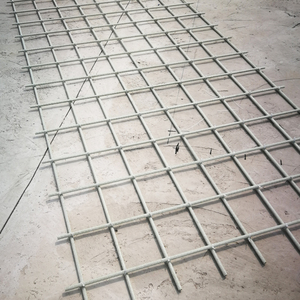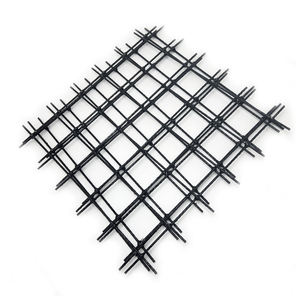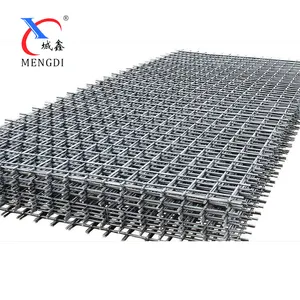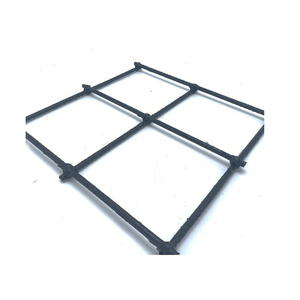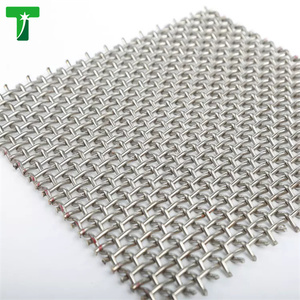Understanding Reinforcing Mesh Size
Reinforcing mesh is an essential component in construction that serves to enhance the structural integrity of concrete applications. It consists of a grid-like structure of steel rods or wires that is incorporated into concrete to withstand tensile and shear forces. The reinforcing mesh size refers to the dimensions and spacing of the wires or bars within the mesh, affecting the overall strength and durability of the concrete it supports.
Types of Reinforcing Mesh Size
There are several varieties of reinforcing mesh, each designed for specific applications and load-bearing requirements. Depending on the project, the choice of mesh size can dramatically impact the performance of the concrete structure. Here are some common types:
- Welded Wire Mesh: These sheets of mesh are created by welding wires at regular intervals, available in various sizes for different applications.
- Stirrup Mesh: Often used in beams and slabs, this type features tightly spaced wires to enhance strength in critical load-bearing areas.
- Expanded Metal Mesh: Made by slitting and stretching a metal sheet, this type provides lightweight but robust reinforcement.
- Fiberglass Reinforcing Mesh: This alternative to steel mesh offers excellent corrosion resistance and is ideal for certain specialized applications.
Applications of Reinforcing Mesh Size
The versatility of reinforcing mesh makes it suitable for a broad range of construction projects, each requiring different mesh sizes. Here are some typical applications:
- Concrete Slabs: Used in flooring systems, reinforcing mesh enhances the load-bearing capacity and reduces cracking.
- Load-Bearing Walls: Incorporating the correct mesh size improves the wall's resilience against lateral forces.
- Paved Surfaces: Reinforcing mesh is applied in asphalt and concrete pavements to prevent surface deterioration.
- Precast Concrete Products: Ensures uniform strength and resistance in concrete blocks and structural components.
Choosing the Right Reinforcing Mesh Size
Selecting the appropriate reinforcing mesh size involves understanding the specific requirements of your construction project. Consider the following factors:
- Load Requirements: Evaluate the maximum load the structure will bear to determine the necessary wire size and spacing.
- Environmental Conditions: In corrosive environments, opt for fiberglass or coated steel mesh for added durability.
- Project Type: Different applications will require different mesh sizes, with smaller mesh sizes preferred for applications with high fatigue stress.
- Budget Constraints: Assess material costs and labor implications; some mesh sizes may offer better value over time.




